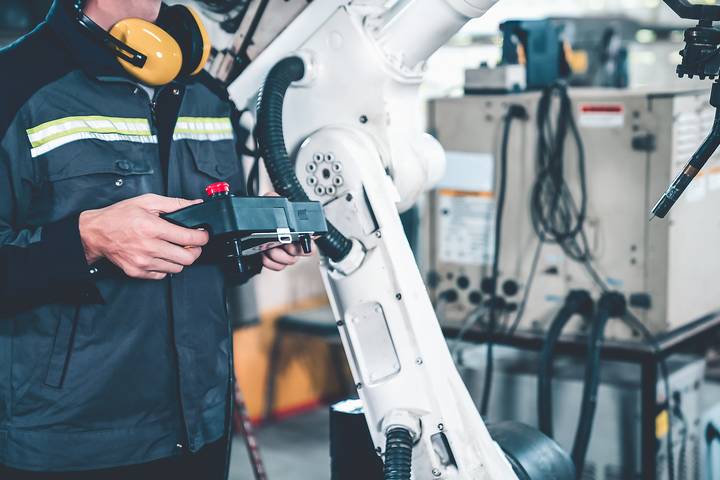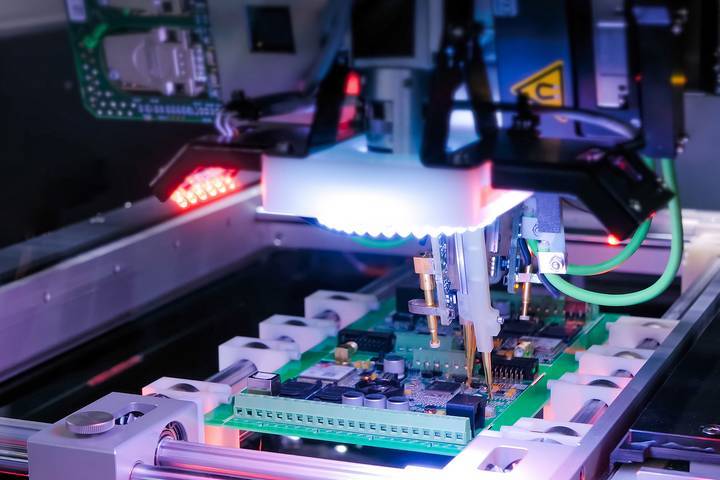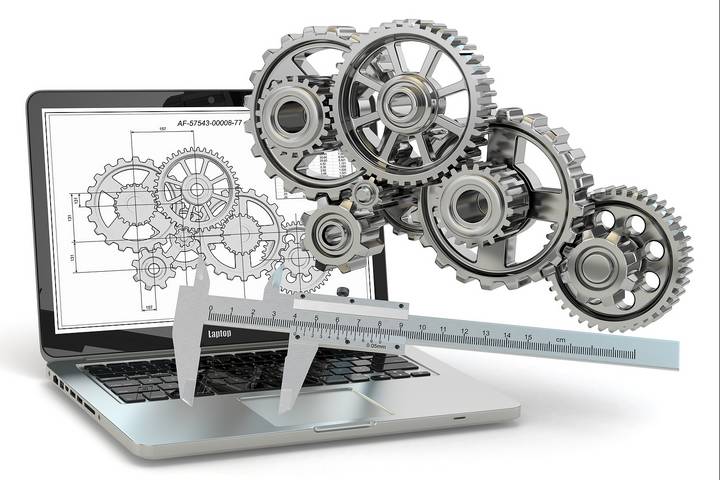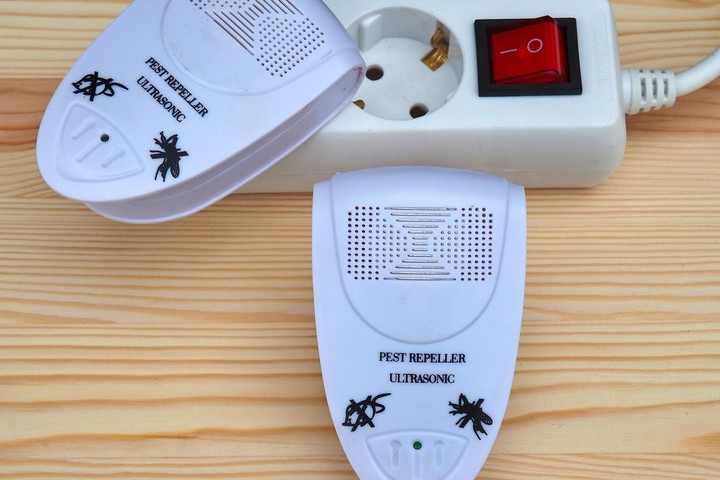In design and manufacturing, time and cost are two variables that must be weighed on every project. As the rise of AI and automated work is starting to overtake several industries, one area where there’s a lot of promise is design automation software. Imagine automating some of the more rudimentary design tasks and applying that human brainpower to more advanced engineering tasks requiring attention.
Here are the benefits of using design automation software and what it has the potential to do for you.
Benefit #1: Workflow Automation Reduces Errors

Multiple studies examining automation in workflow show how it reduces errors in a statistically significant way.
As human beings no longer would need to enter certain data and fulfill certain tasks, as automation takes over and eliminates the concept of human error, a reduction of errors means more efficient work.
Benefit #2: Automation Will Save You Money

Automation is an unavoidable change in a lot of design scenarios for the simple fact that it’s going to save money. Automation saves time and resources if you’re looking to cut costs.
No more costly mistakes. No more delays. High-quality products produced quickly and effectively for the customer while assigning engineers to creative think-work.
Benefit #3: Assigns the Workforce to More Rewarding Tasks

Some tasks, including design, are tedious and repetitive in every line of work. In modelling, many of these tasks can be done through automation, which cuts down on project times and gives designers a chance to focus on more fulfilling work areas.
Design automation allows you to assign more rewarding tasks to the workforce. You also save money by reducing project time and improving turnaround times in design.
Benefit #4: Engage & Empower Human Creativity

An underrated aspect of design automation software and automation in general that many forget is that it has the power to empower human creativity.
Instead of engaging in the busywork of designing standard product features, a designer can work on the more creative aspects of a project that automation would not be able to accomplish. This may lead to more fulfilled team members, more innovation, and better design management from top to bottom.
Benefit #5: Streamline Design & Development Processes

The ability to deliver high-quality design work at a faster rate means you can increase overall efficiency on a project. You do this knowing full well that you aren’t cutting corners or possibly increasing the likelihood of more errors.
As a project manager, you can fine-tune where you apply automation and can work with other stakeholders to define the parameters of its use in design.
Benefit #6: Applies Verified Engineering Knowledge

Automation does not imply AI. AI cannot be perfected today, but automation can. Design automation software is programmed to capture engineering knowledge and intent. After an engineer completes a task, automation can take this action and begin applying it safely and efficiently without further human intervention.
Benefit #7: Quickly Reconfigure Projects To New Specs

The value of design automation is that you no longer need to manually modify models to meet customer specs. You can instead enter in the new parameters and use automation to do the rest, applying a set of rules that you define to generate a custom product according to the instruction provided to it.
Benefit #8: More Customer Interaction & Faster Approvals

Design automation has the potential to allow an engineer to more or less instantly create a new design, allowing a stakeholder or customer to see a 3D model of a product far quicker than attempting to put together a design manually.
After approval is acquired, an engineer can complete and confirm the finished design. This means faster approvals and faster hand-off to manufacturing.
Benefit #9: Human Designers Can Always Jump In

As automation takes over certain tasks according to the parameters set, there’s still a human in charge of everything. A designer can jump in any time for quality control or to completely take over a project, ensuring it’s done correctly. Automation is not an excuse to be hands-off in the design process.
Benefit #10: Automation Channels Innovation From Designers

An engineer who is not tied up doing repetitive design work has the chance to zero in on more innovative thinking. Companies often don’t realize the potential they have in their workforce.
Innovation is the name of the game in terms of making money, being productive, maximizing time and costs, and gaining a competitive advantage. Through automation, you’re putting more minds on long-term and innovative thinking and in more self-managerial positions.
Benefit #11: Design Automation Fosters Sales & Collaboration

In some industries, design automation can accelerate sales, allowing associates to refer to modelling and make client customizations without involving an engineer or an extended sequence of approvals.
An engineer must not create a drawing or BOM and submit a quote. It can all be automated and done then and there for a sales associate, simplifying a process that would otherwise take days and optimizing it to as little as a few hours.













